Archaeological Site in Amsa-dong, Seoul (서울 암사동 유적)
11.0Km 2021-07-27
875, Olympic-ro, Gangdong-gu, Seoul
+82-2-3425-6520
The Archaeological Site in Amsa-dong reproduces the lifestyle of the Neolithic Era. Even the entrance gate is shaped like a huge dolmen and the trash cans are ancient diagonal-line patterned earthenware. Archaeological Site in Amsa-dong was excavated in 1925 when a flood washed away the soil on the banks of the Hangang River and exposed a large number of diagonal-line patterned earthenware. After several excavations, the Archaeological Site in Amsa-dong was established.
The site was a location for a massive colony, thus many ancient buildings, stone axes and stone arrows have been uncovered as well as countless diagonal-line patterned earthenware. The housing site is round with a spot in the center for fire. The site is colossal and possesses nine mud huts, two exhibition halls displaying ancient artifacts and an open mud hut where visitors can experience life in the Neolithic Era. The site offers many attractions such as mud huts and promenades. Archaeological Site in Amsa-dong is also very educational for children and families who want to learn and experience the Neolithic Age.
Sosohan Punggyeong (소소한 풍경)
11.0Km 2024-02-20
75 Jahamun-ro 40-gil, Jongno-gu, Seoul
Sosohan Punggyeong is the first restaurant that received the restaurant guide, Blue Ribbon Survey, in Korea. It is located in a renovated house with a courtyard. They offer a course menu featuring appetizers to desserts. One of the signature dishes is the gaji jjim (spicy eggplant soup), a dish made with eggplant and meat. It is recommended to make reservations in advance, as many guests prefer to book ahead.
Korean Martyrs' Museum (한국천주교순교자박물관)
11.0Km 2023-01-03
6, Tojeong-ro, Mapo-gu, Seoul
+82-2-3142-4434
Korean Martyrs’ Museum was opened in October of 1967 as Jeoldusan Martyrs' Shrine, in memory of the Catholic martyrs who lost their lives during the Byeongin Persecution of 1866. The name of the museum changed to the current Korean Martyrs' Museum in August 2008. The museum displays artifacts and materials in exhibitions related to the Catholic Bishops' Conference of Korea.
Jeoldusan Martyrs' Shrine (절두산순교성지)
11.0Km 2024-03-12
6 Tojeong-ro, Mapo-gu, Seoul
+82-2-3142-4434
Jeoldusan Martyrs' Shrine is the site where many Catholic believers were executed in 1866 due to persecution. In commemoration of the 100th anniversary of the martyrdom, the Korean Catholic Church opened the Memorial Hall in October 1967, exhibiting materials, relics, and souvenirs related to the Korean Catholic Church and operating a museum. Pope Johannes Paulus II visited the site in 1984, and Mother Teresa visited in 1985.
Dubu KiTCHEN (두부키친)
11.0Km 2021-03-19
310, Wiryegwangjang-ro, Sujeong-gu, Seongnam-si, Gyeonggi-do
+82-31-723-7921
This is a Korean cuisine located in Seongnam-si, Gyeonggi-do. The representative menu is spicy seafood and soft bean curd stew. It is a spicy stew made with seafood and soft tofu.
Sushigen (스시겐)
11.0Km 2020-02-11
6-12, Yanghwa-ro 7-gil, Mapo-gu, Seoul
+82-3144-7733
Sushigen is a restaurant where you can experience a truly traditional Japanese setting. At this establishment, there are two 'Idamaes' that prepare sushi in front of guests as soon as it is ordered. The skill of these sushi chefs carry a well-known reputation of excellence, guaranteeing perfection. In addition, though all the fresh fish is top-grade, it is served at affordable prices; the Chirashi is especially to die for. The Jjangkkonembi, steamed eggs, and fried tofu make a perfect companion to alcohol. Sushigen is a restaurant in pursuit of a fusion feel, with the melodies of jazz tickling the ears as soon as you walk in. The unique atmosphere and interior design make this a special place for dining. Additionally, all servers speak fluent Japanese, while the chefs present their diverse skills in a saxophone performance, making the dining experience at Sushigen even more memorable.
Seodaemun Museum of Natural History (서대문자연사박물관)
11.0Km 2021-07-02
51, Yeonhui-ro 32-gil, Seodaemun-gu, Seoul
+82-2-330-8899
Nestled at the foothills of Ansan Mountain, a natural resting area in the city, Seodaemun Museum of Natural History is the first natural history museum in the nation to be established by a government agency. Opened on July 10, 2003, the museum offers various opportunities to experience and learn about the environment. It also provides the chance to interact with animals and plants, teaching the value of life.
Whanki Art Museum (환기미술관)
11.0Km 2024-03-04
63, Jahamun-ro 40-gil, Jongno-gu, Seoul
+82-2-391-7701
Whanki Art Museum exhibits the works of Kim Whanki (1913-1974), the pioneer of Korean abstract art. Kim was inspired by traditional features such as Korean mountains and streams, the sky, moons and clouds, the white porcelain and traditional patterns, and worked to express them in abstract forms through points, lines, and surfaces. The main collection features nearly 300 works by Kim. One can also find an art shop and a café.
17℃ (17도씨)
11.1Km 2019-01-26
38, Donggyo-ro 29-gil, Mapo-gu, Seoul
17℃ stands for the optimum temperature to preserve chocolates at its best quality. Presenting a wide variety of hand-made chocolates, purchasable items include chocolate bars and café menus like chocolate cakes and chocolate beverages. In particular, you can control the amount of cacao in your chocolate drink ranging from 40%~80% according to your preference.
Uireung Royal Tomb [UNESCO World Heritage] (서울 의릉(경종, 선의왕후) [유네스코 세계문화유산])
11.1Km 2021-06-03
146-20, Hwarang-ro 32-gil, Seongbuk-gu, Seoul
+82-2-964-0579
Uireung is the royal tomb of King Gyeongjong (reign 1720-1724), the 20th ruler of the Joseon dynasty, and his second wife, Queen Seonui.
King Gyeongjong was the first son of King Sukjong and Janghuibin, who was one of King Sukjong’s concubines. King Gyeongjong, who was born weak and anemic, died four years after becoming the king, without any great political achievements. Uireung tombs differ from the other royal double tombs in that they are not placed side-by-side. Instead, according to geomantic theory, one tomb has been placed directly behind the other one. The arrangement also shows that when making tombs, Korean ancestors did their best to protect the natural environment. Another feature of Uireung Royal Tomb is the stone fence raised using twelve stone posts. Each post has a letter inscribed, representing one of the twelve sibijisin gods.
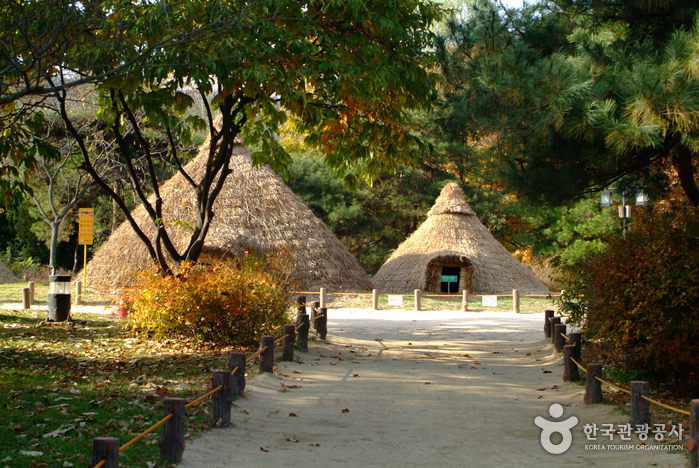
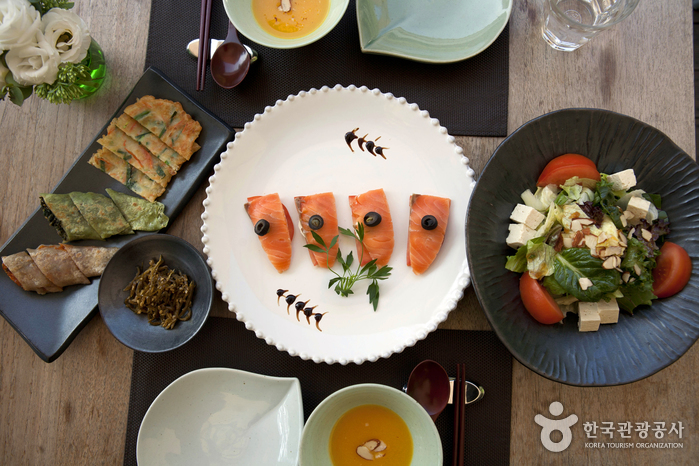
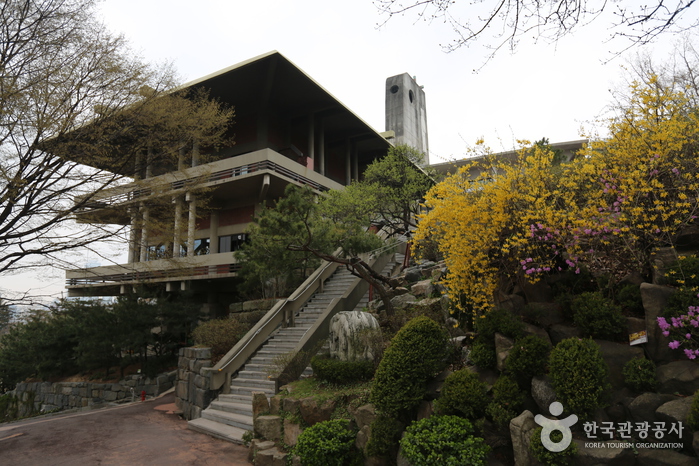
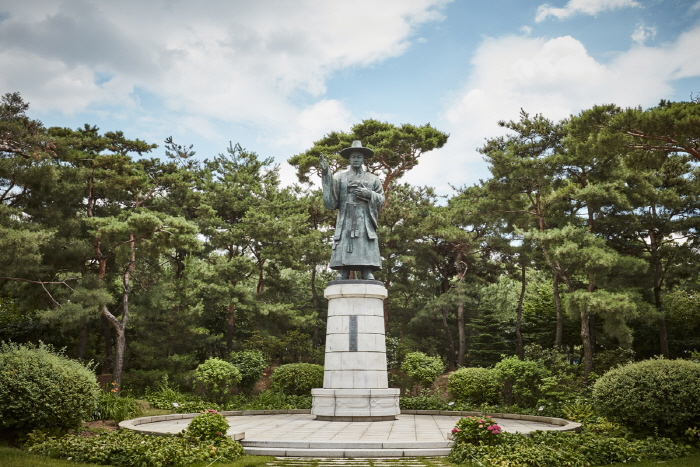
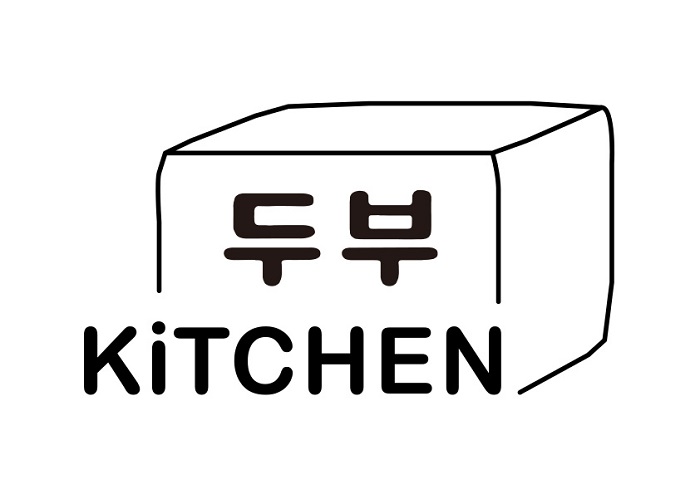


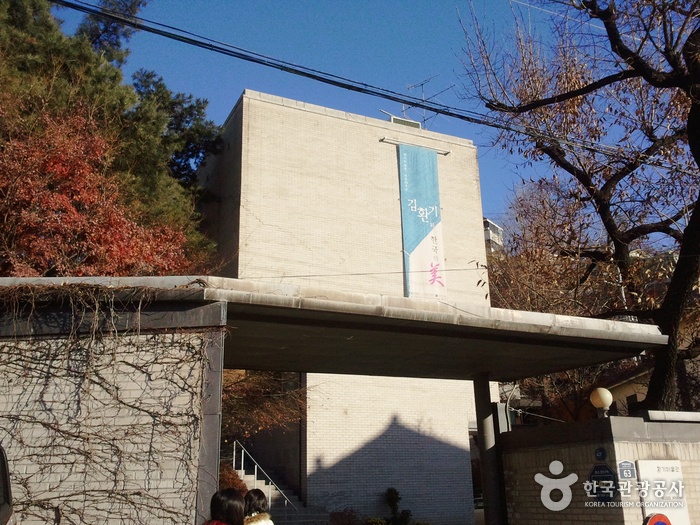
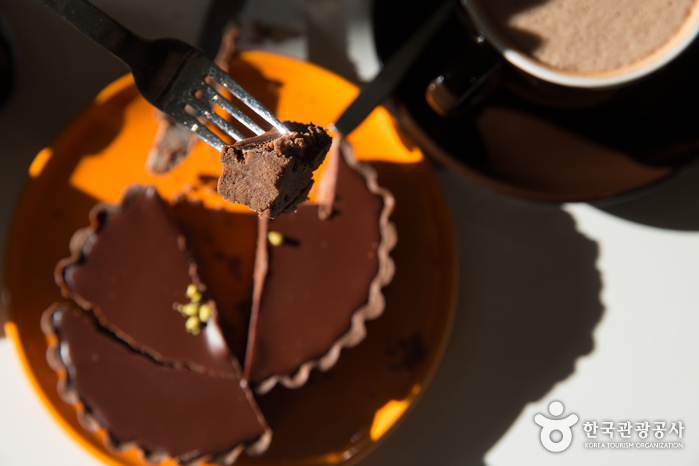
![Uireung Royal Tomb [UNESCO World Heritage] (서울 의릉(경종, 선의왕후) [유네스코 세계문화유산])](http://tong.visitkorea.or.kr/cms/resource/80/2690680_image2_1.jpg)
 English
English
 한국어
한국어 日本語
日本語 中文(简体)
中文(简体) Deutsch
Deutsch Français
Français Español
Español Русский
Русский